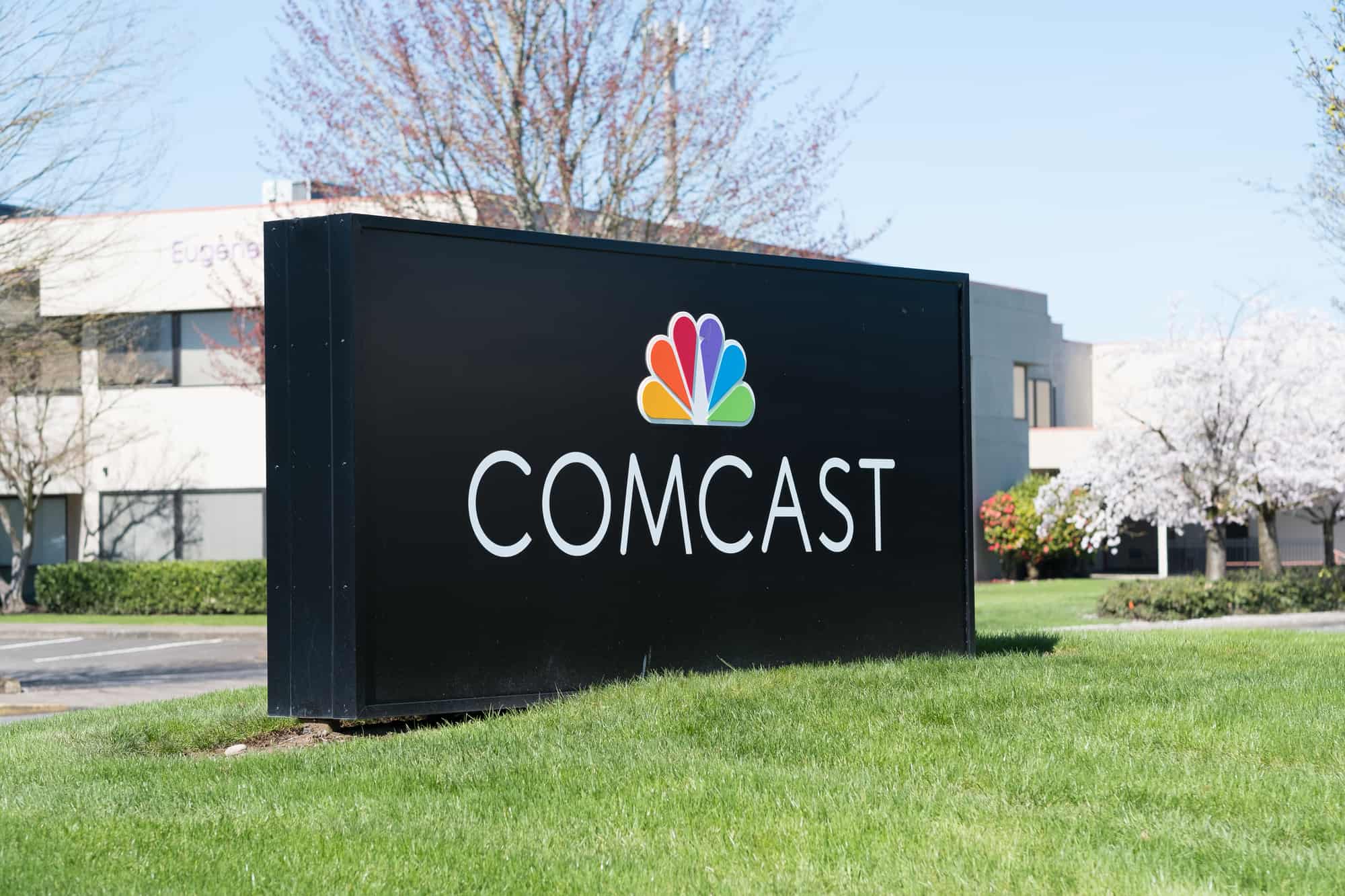When you’re on the job search, you’ll likely see or hear the term “hiring manager.” It might be when you’re looking at the job description, scheduling an interview, or even meeting someone at the company. So, what is a hiring manager? How do you find out who they are, and how do you talk to them? In this guide, we’ll cover:
- Who Is a Hiring Manager?
- How to Find the Hiring Manager
- How to Talk to a Hiring Manager
- Hiring Managers: The Bottom Line
Who Is a Hiring Manager?
A hiring manager is someone who is hiring for an open position on their team. Some of their responsibilities might include:
- Writing the job description
- Reviewing candidate resumes
- Interviewing candidates
- Collecting feedback on candidates from the hiring team
- Deciding which candidate to give a job offer to
While many people might be part of the hiring team, the hiring manager is the one who’s leading the process. This might mean speaking with a recruiter about potential candidates, coordinating interviews, and asking the team their thoughts on the candidate. But, at the end of the day, they have the final say on who gets the job offer.
Hiring Manager vs. Recruiter
While hiring managers and recruiters are trying to fill open roles, hiring is not always a hiring manager’s priority. A hiring manager’s core responsibilities have to do with their job title, which is usually not in the human resources or recruitment departments. Hiring managers can work in any sector — they might be software engineers, accountants, or editors. They’re called a hiring manager when they’re hiring for an open role.
On the other hand, filling open roles is a recruiter’s primary responsibility. Recruiters connect job seekers with companies by finding qualified candidates for a company’s open roles.
>>MORE: Hiring Manager vs. Recruiter: What’s the Difference?
How to Find the Hiring Manager
Finding the hiring manager before you apply to a role can help you understand the team’s structure and your hiring manager’s background. It also gives you a chance to introduce yourself before you meet them in an interview.
So, how do you find them?
LinkedIn is a great place to start your search. Sometimes, the hiring manager will be listed directly below the job posting in a “Meet the Hiring Team” section.
If they’re not there, scour the job description to see if you can find the job manager’s title. The job description might say, “this person reports to X.” Then, you can search for the person who works at the company with that same job title.
If the information isn’t in the job description and there’s no “meet the hiring team” section, you might have to do more targeted searching.
“Look for senior titles in the department the role would sit in,” Jeanine Skowronski, lead assigning editor and hiring manager at Forage, says. “You can also search for a company on LinkedIn and then scroll through its ‘People’ tab to see if you can find department leads who either are the hiring manager or could connect you to the hiring manager.”
>>MORE: View our list of 80 online job search resources, including AI tools, job application trackers, resume builders, salary databases, job boards, and more.
How to Talk to a Hiring Manager
Introductory Message to the Hiring Manager
If you’ve found the right person and sent in your application, you can send a short introductory message on LinkedIn to the hiring manager. While these messages don’t guarantee you’ll make it to the next round, they may help you stand out from the crowd.
“If I’m on the fence about whether or not to invite a candidate in for an interview, an introductory note can tip the scales, particularly if it cites our job post and explains why the candidate feels they could excel in the role,” Corey Donovan, president and hiring manager at Alta Technologies, says.
Because hiring managers are often short on time, you’ll want to send something short and sweet. You can state your interest, add a little about your experience, and share your resume. For example:
Hi, Jacob. I saw you’re hiring for a communications coordinator role at Company X. I’m interested in the role and think my experience managing multi-channel marketing campaigns would be an asset to your team. I’ve attached my resume and look forward to speaking with you!
If you’re unsure if they’re really the hiring manager, you can also ask for them to forward your message to the right person.
Hello, Maria. I’m reaching out as I’m interested in your communications coordinator role. I have experience in social media marketing, ghostwriting, and community organizing, and I’ve attached my resume. If you’re not the right contact for the role, please forward it to the hiring manager. Thank you!
But not all hiring managers might be charmed by these introductory messages — and some might even consider them a turn-off.
“All hiring managers are different, so what works for one might not work for another,” Skowronski says. “Some might prefer more details in the same way someone might prefer a fancy resume to standard formatting. Some might be more receptive to these messages than others. Whatever the case, don’t get discouraged if some of your outreach doesn’t get the desired result. It doesn’t mean it won’t work down the line. And be yourself! You want to work for someone who gets and responds to your style anyway.”
During the Interview
You’ve landed an interview — congratulations! One of your first interviews will likely be with the hiring manager. This is one of the most important interviews of the process. Not only do you want to show off your skills to the lead decision-maker, but you’ll also want to know what they’re like as a manager.
Crush the interview
Forage’s job simulations equip you with the skills and experience to speak confidently about the role during interviews.
Because hiring managers are hiring for roles on their team, they’re usually your potential boss. You can ask about their management style, how they communicate with their direct reports on a daily basis, or how they measure success. (Check out these top five questions to ask in an interview.)
After the Interview
It’s best practice to send a thank you note shortly after the interview, usually within 24-48 hours. If you’ve gotten the hiring manager’s email from your interview invite, you can email them instead of sending a note on LinkedIn.
“A follow-up thank you note after the interview is always welcome, ideally referencing specific topics that came up during the conversation,” Donovan says.
>>MORE: Learn how (and how not) to follow up after a job interview and read example emails.
Hiring Managers: The Bottom Line
Hiring managers can be from any field or sector, but what they have in common is they’re hiring for an open role on their team. When speaking with them, it’s just as crucial to assess what kind of boss they’ll be as it is to show why you’re right for the role.
Ace your next hiring manager interview with Forage’s Comcast Unspoken Interview Fundamentals Virtual Experience Program.
Image credit: Canva


